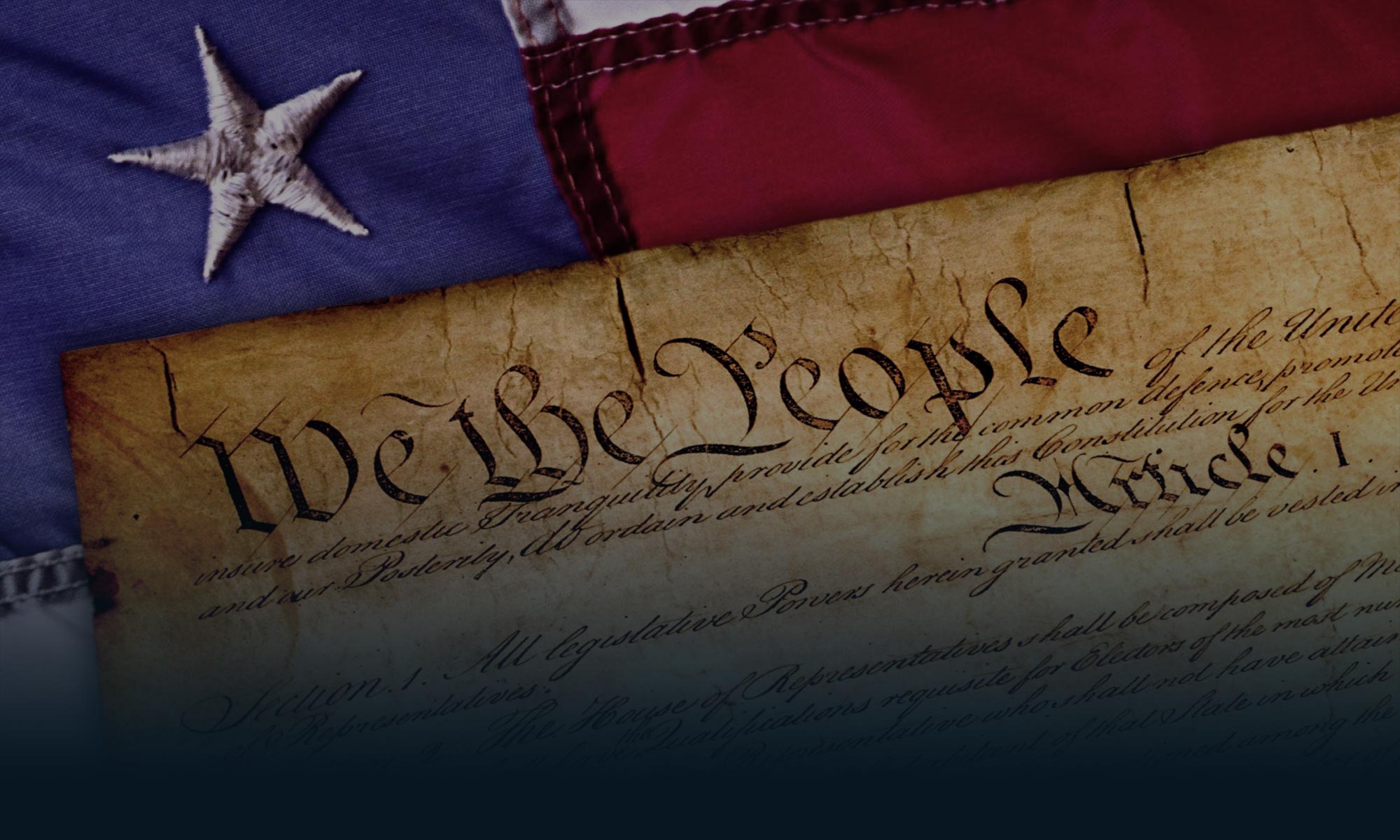Two items in the Washington Post in the past three days point up how the relentless march of technology will affect news in the months to come – both how it is generated by the White House, and how it is reported by at least one local TV station.
President-Elect Barack Obama sees new technology as a means “to reinvigorate our democracy,” according to senior adviser David Axelrod. And, as Chris Cillizza reported on Dec. 14, Obama is starting with the Saturday morning radio broadcast begun by Ronald Reagan in 1982.
“The speech is still beamed out to radio stations nationwide on Saturday mornings, but now it is also recorded for digital video and audio downloads from YouTube, iTunes and the like, so people can access it whenever and wherever they want,” Cillizza reports.
It’s part of a “broader revolution” in how the Obama White House will communicate, according to Doug Sosnik, a senior aide in the Clinton Administration. "The mainframe for this White House will be the Internet, not TV," he told Cillizza.
Only two days earlier (Dec. 12.), Paul Farhi reported that WUSA-TV, Channel 9 in Washington, D.C., had reached a new labor agreement that would scrap the traditional two-person news crew of reporter and photographer. Under the new pact, an individual “multimedia journalist” will report, shoot, and edit stories alone using digital tools. Reporters will double as their own camera crew. Camera operators will take on reporting tasks as well.
In the case of WUSA, however, the impetus is economic. The one-person operatives are part of a broad budget-cutting scheme under which these “multimedia journalists” will actually be paid less than current reporters.
It’s encouraging that Obama embraces digital technology and plans to use it extensively. At the same time, it’s ironic that digital technology has siphoned viewers from broadcast television and weakened some local news operations to the point where they can only be saved by changes in news-gathering built around … digital technology.

